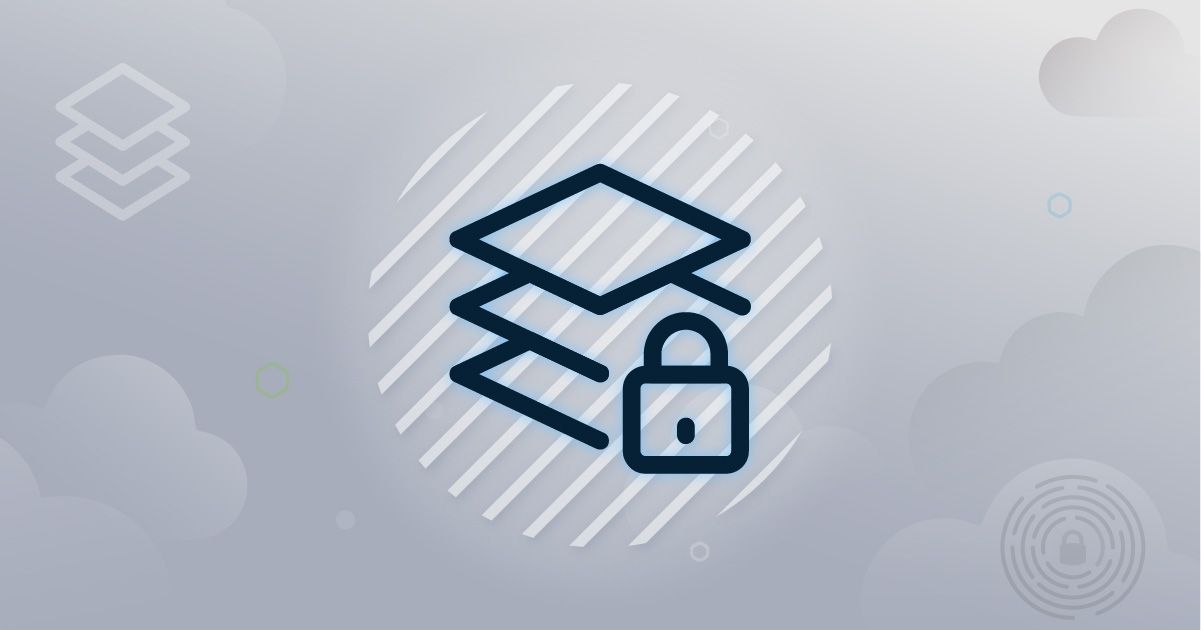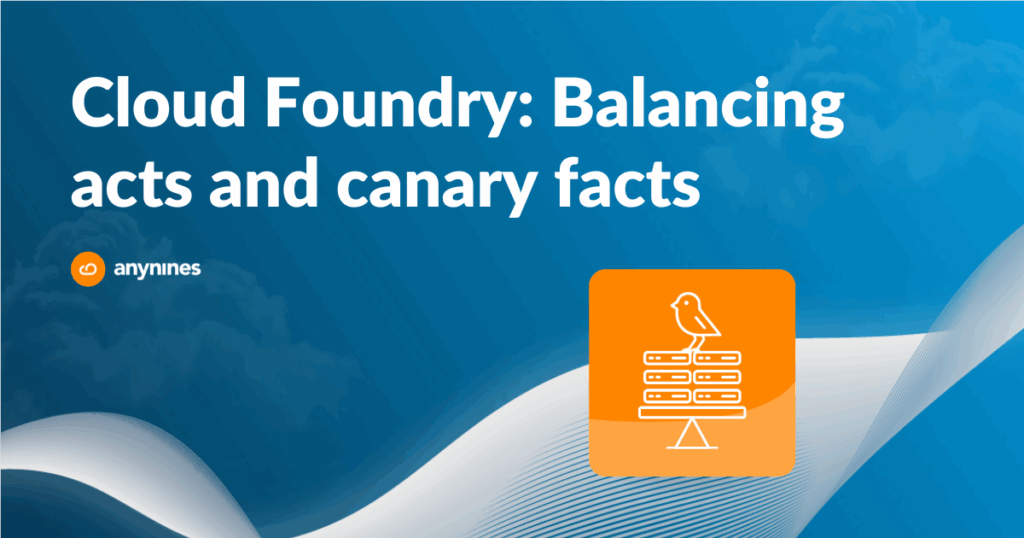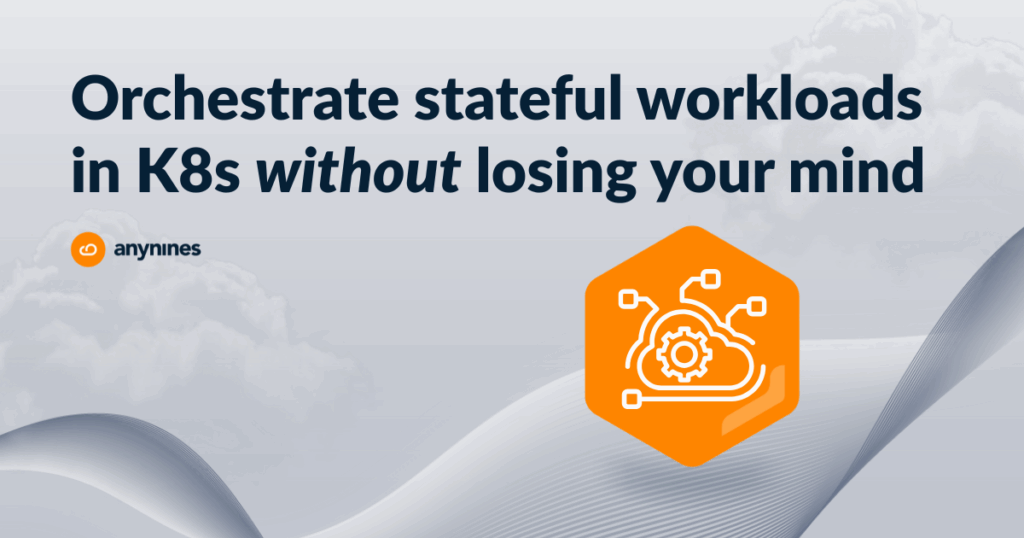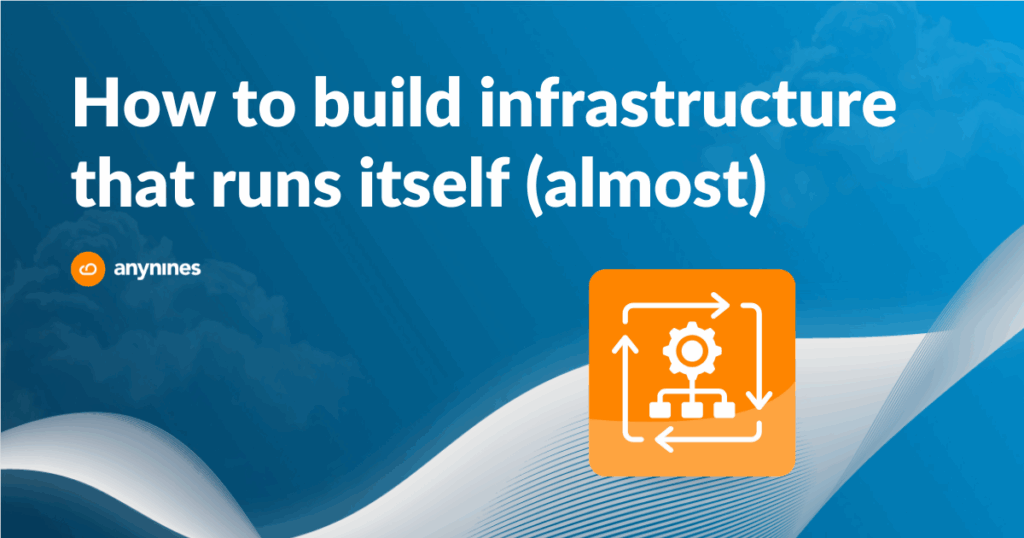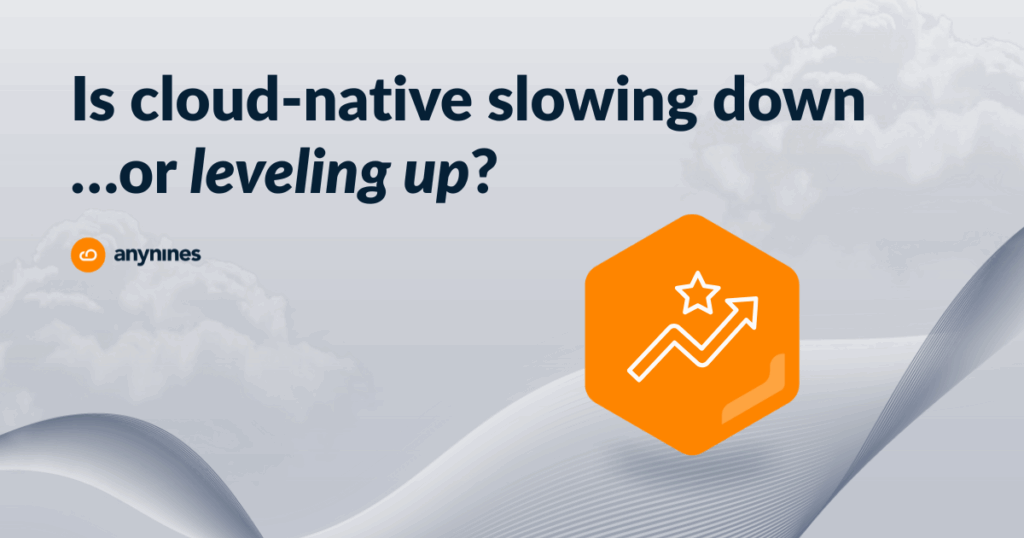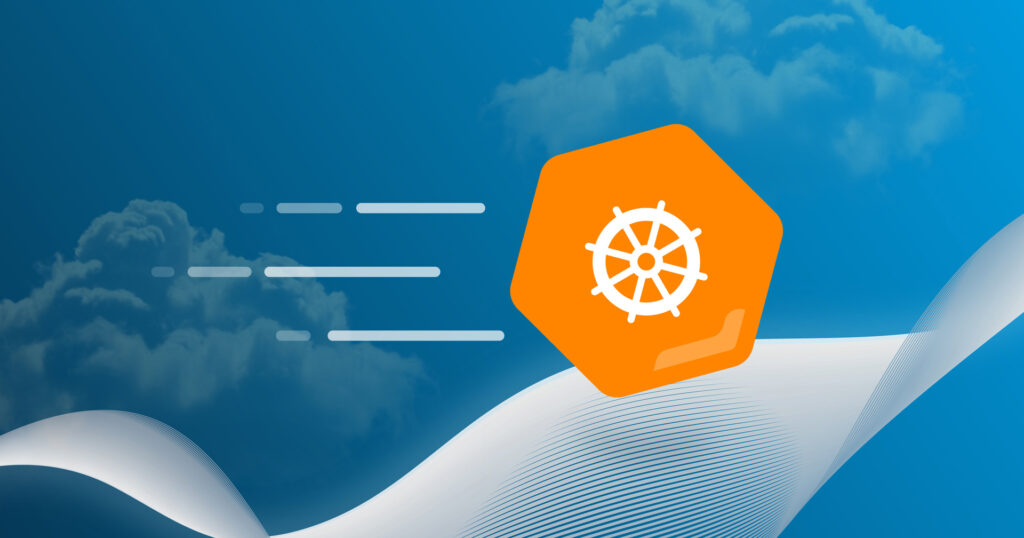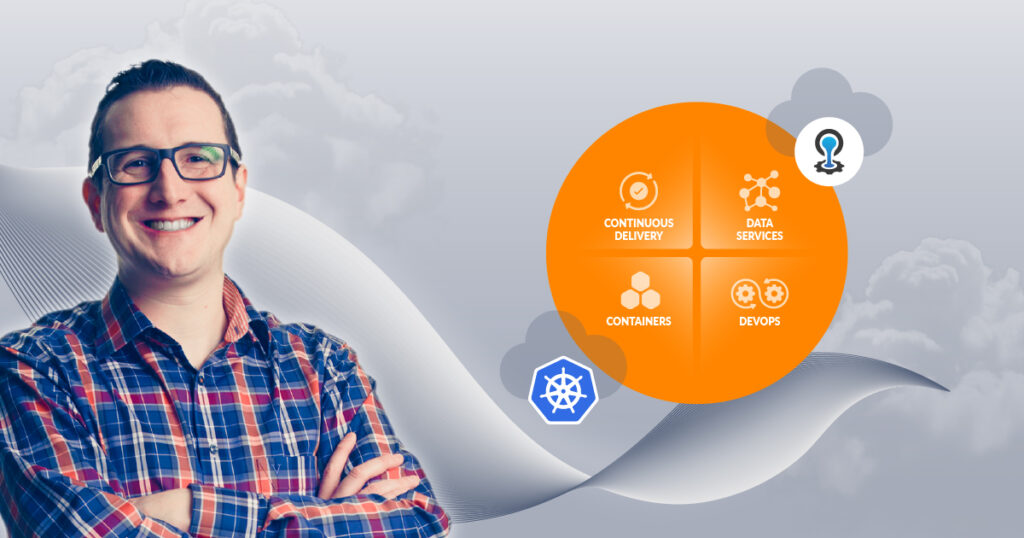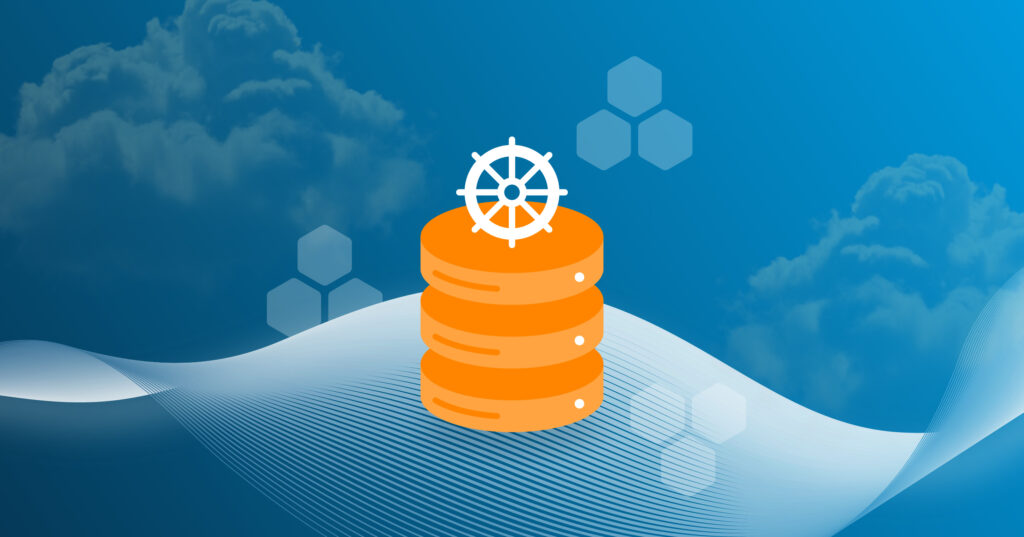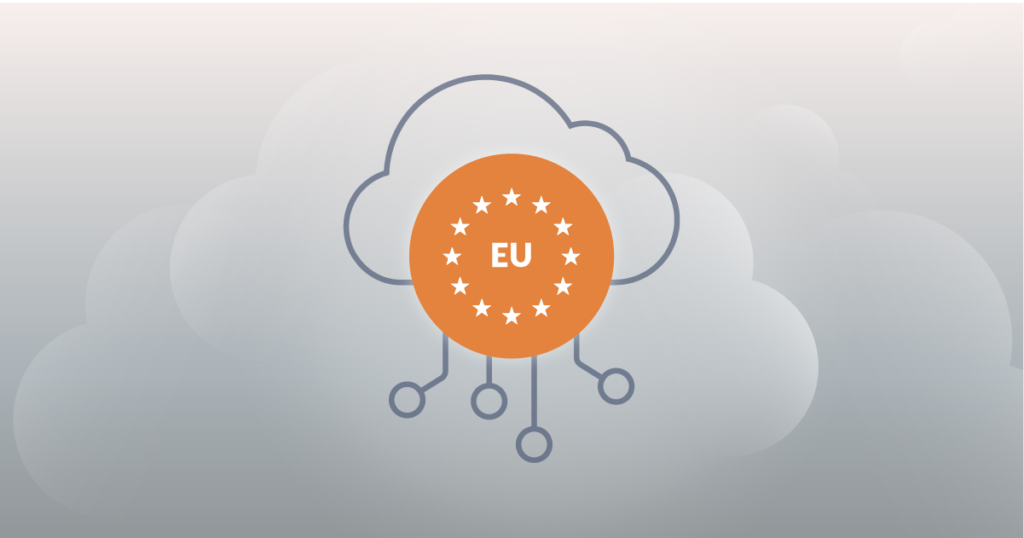Introduction to PaaS
Platform as a Service (PaaS) is a cloud computing model that provides a platform allowing customers to develop, run, and manage applications without dealing with the complexity of building and maintaining the infrastructure typically associated with developing and launching an app. It includes hardware, software, and infrastructure, offering a complete development and deployment environment in the cloud. PaaS services can be accessed over the internet, and users only pay for what they use.
PaaS is particularly useful in application development, offering various services like development tools, database management, business intelligence services, and more. Due to its flexibility and ease of use, it’s often used for mobile applications and cross-platform apps. The PaaS model also supports newer programming languages and technologies, which better enables businesses to adapt rapidly to technological changes without overhauling their existing processes.
Common Security Challenges in PaaS Environments
PaaS security is characterized by several unique aspects that differentiate it from traditional on-premise or other cloud service models like Infrastructure as a Service (IaaS) and Software as a Service (SaaS).
- Platform and Application Vulnerabilities: PaaS platforms are attractive targets for hackers due to their wide range of applications and data. Vulnerabilities can exist in the platform itself or in the applications developed using the PaaS. This makes it necessary to have a comprehensive understanding of both the PaaS provider’s security model as well as the security aspects of the developed applications.
- Security Solutions: To secure PaaS environments, various solutions are employed. These include Cloud Access Security Broker (CASB) for monitoring network traffic compliance with security policies, Cloud Workload Protection Platforms (CWPP) for securing workloads in cloud environments, and Cloud Security Posture Management (CSPM) for identifying misconfigurations and compliance risks.
- Primary Security Perimeter Shift: In PaaS, unlike traditional on-premise deployments where the network is often the primary security perimeter, the focus shifts to identity as the primary security perimeter. This change is due to the cloud’s nature, which emphasizes broad network access and location-agnostic resource access. Securing keys and credentials, avoiding storing secrets in source code, and using strong authentication and authorization platforms become crucial.
- Best Practices: Best practices in PaaS security involve adopting identity as the primary security perimeter, using threat modeling during application design, and employing specific tools and practices such as Web Application Firewalls (WAF) and DDoS protection for enhanced security. Monitoring the performance and security state of applications in the PaaS environment is also highly important for identifying and addressing potential security issues.
PaaS Security Considerations
As you can tell from the challenges noted above, PaaS security requires a different approach compared to traditional security models; it focuses more on application-level security, identity management, and utilizing specific cloud-oriented security solutions and best practices. In the following sections the most important PaaS security considerations are broken down. They can be categorized into data protection, identity management and compliance. This article aims to not only state the problems that occur in these areas, but also to provide best practices that help deal with these challenges.
Data Protection
Data protection in the context of PaaS security is a critical aspect that involves safeguarding sensitive data hosted on PaaS platforms from unauthorized access, disclosure, alteration, and destruction.
Data Protection Challenges and Best Practices
Here are three challenges that need to be addressed when it comes to data protection in the context of PaaS security:
- Lack of Visibility into Platforms and Services: When it comes to PaaS, customers often face a lack of visibility into the underlying platforms and services. This can hinder effective monitoring and control of security measures. The shared responsibility model in PaaS, where providers are responsible for securing the infrastructure, while customers are responsible for securing their applications and data, contributes to this challenge.
Best Practices for Visibility into Platforms and Services:
- Utilize cloud-native monitoring tools and integrate them with third-party solutions for comprehensive visibility across the PaaS infrastructure. This allows for better tracking of application performance, user activities, and potential security threats.
- Collect and analyze logs from all components of the PaaS environment to detect anomalous activities or potential security incidents.
2. Difficulties in Establishing Governance Standards: The dynamic and scalable nature of PaaS platforms makes it challenging to maintain consistent governance standards. Rapid provisioning and scaling of resources, combined with a lack of standardization in security controls and compliance requirements, complicates governance in PaaS environments.
Best Practices for Establishing Governance Standards:
- Establish well-defined governance policies and procedures that align with organizational objectives and compliance requirements. This includes defining roles and responsibilities, data handling procedures, and incident response protocols.
- Employ automation tools for enforcing governance standards, such as automated provisioning, configuration management, and policy enforcement.
3. Potential for Unauthorized Access: The PaaS model, which involves hosting both hardware and software on the provider’s infrastructure, can increase the complexity of securing applications and data against unauthorized access. The responsibility for securing the application layer falls largely on the customer, adding to the challenge.
Best Practices for Avoiding Unauthorized Access:
- Segment the network to isolate different components of the PaaS environment. Employ firewalls and other security measures to control traffic and reduce the risk of unauthorized access.
- Use robust Identity and Access Management (IAM) solutions to control who has access to what resources. This includes implementing multi-factor authentication, role-based access controls, and regular reviews of access rights. We’ll further discuss Identity Management in the upcoming section.
Additionally, regular security assessments and audits help with all three of these PaaS data protection challenges. Security assessments and audits help to uncover hidden vulnerabilities and security gaps within the PaaS infrastructure that might not be immediately visible, and verify that governance standards are being properly implemented and followed. They also help to identify discrepancies and areas where governance practices may not align with policy or compliance requirements.
Identity Management
Identity management is a critical aspect of PaaS security, which focuses on managing user identities and controlling access to resources within PaaS environments. It comes with several challenges, largely stemming from the nature of cloud computing and the shift towards identity as the primary security perimeter in these settings.
Identity Management Challenges and Best Practices
Below are the seven most common identity management challenges and their corresponding best practices:
1. Lack of Precise Privilege Visibility: Traditional IAM tools often struggle with providing visibility into the detailed privileges associated with roles within enterprise applications. This limitation can pose significant challenges in ensuring that users have appropriate access levels without overprovisioning, which could lead to security vulnerabilities.
Best Practices for Granular Privilege Visibility:
- Develop a comprehensive access control strategy that includes fine-grained access controls to ensure that users have only the access they need.
- Utilize advanced identity governance and administration (IGA) solutions that provide detailed visibility into user privileges and activities within enterprise applications.
2. Birthright Access vs. Risk Management: IAM systems typically focus on birthright access. This means that access is granted automatically based on predefined criteria, such as an employee’s role. However, these systems may not adequately address the need for risk management for users with access to sensitive data and functions, particularly in complex PaaS environments.
Best Practices for Managing Birthright Access vs. Risk Management:
- Integrate risk management into the access provisioning process to ensure that users’ access rights are commensurate with their roles and responsibilities.
- Regularly review and adjust access rights based on changing roles, responsibilities, and risk assessments.
3. Challenges with Privileged Access Management (PAM): Monitoring and managing short-lived, just-in-time privileged access for emergency support is a significant challenge. Traditional IAM tools may not offer sufficient visibility or control over what users do once they have been granted privileged access, making it difficult to ensure that this access is being used appropriately and is revoked when no longer needed.
Best Practices for Privileged Access Management:
- Deploy specialized PAM solutions for managing and monitoring privileged accounts and access.
- Implement just-in-time and just-enough-access principles to minimize the risks associated with elevated access rights. Just-in-time-access only allows access to a privileged role or resource for a limited amount of time, while just-enough-access means having the lowest administrative privileges possible, and accessing only the resources that are strictly necessary to complete a task.
4. Identity Provisioning Challenges: Managing the provisioning (onboarding) and deprovisioning (offboarding) of users in the cloud poses significant challenges. This involves efficiently allocating system resources, handling performance spikes, and dealing with the scalability of the system as user numbers fluctuate.
Best Practices for Identity Provisioning:
- Implement secure and scalable identity provisioning systems. This includes timely provisioning and deprovisioning of users, efficient allocation of resources based on user demand, and ensuring that system performance remains unaffected during user load fluctuations.
- Use automated tools for dynamic provisioning and deprovisioning of user identities in response to changes in user roles or employment status. This ensures that only current and legitimate users have access to cloud resources.
5. Challenges of Management Across Organizations: Identity management becomes complex when integrating multiple independent organizations and cloud services. Challenges arise from different identity management practices and procedures, leading to issues such as password reuse, weak password practices, and the sharing of passwords among users.
Best Practices for PaaS Identity Management Across Organizations:
- Utilize federated identity management systems to integrate identity management across different organizations. This approach allows users to authenticate through their organization’s identity provider, facilitating single sign-on and reducing the complexity of managing multiple credentials.
- Employ centralized identity management solutions that can integrate with various identity providers across different organizations. This streamlines identity management and simplifies user access across multiple systems.
6. Federated Technology Challenges: Implementing federated identity management, which allows organizations to authenticate users of cloud services using their chosen identity provider (IdP), presents its own set of challenges. This approach is important for managing identities across various organizations but requires careful handling to ensure security and efficiency.
Best Practices for PaaS Federated Technology:
- Adopting federated identity management architectures and protocols such as SAML, WS-Federation, and Liberty Alliance helps in managing identities across various organizations securely. It’s important to use these protocols for centralized identity management and to support single sign-on to cloud services.
- Implement multi-factor authentication (MFA) for federated identity systems to enhance security. MFA adds an extra layer of protection, making it more difficult for unauthorized users to gain access.
7. Challenge: Evolving Security Perimeter: The shift in the security perimeter from network-centric to identity-centric in PaaS environments brings new challenges. Modern PaaS comes with an assumption that the network perimeter can be breached, thus placing a greater focus on securing identities through robust authentication and authorization mechanisms.
Best Practices for PaaS Security Perimeters:
- Emphasize identity as the primary security perimeter in PaaS environments. This involves implementing strong authentication and authorization mechanisms and ensuring that identity management is at the forefront of the security strategy.
- Continuously verify and monitor identities within the PaaS environment. This includes regular checks of user activities and privileges, as well as employing anomaly detection systems to identify and respond to unusual or unauthorized activities.
PaaS Compliance
Compliance in this context refers to the adherence to legal, regulatory, and policy requirements specific to the deployment and operation of applications and services in a PaaS environment. In this setting, compliance includes ensuring that the applications and the data processed and stored in the PaaS infrastructure meet various industry standards and government regulations.
PaaS Compliance Challenges
Ensuring compliance in the context of PaaS security presents five main challenges that need to be carefully addressed:
1. Shared Responsibility Model: One of the primary challenges in PaaS compliance is understanding and adapting to the shared responsibility model. This model divides the security responsibilities between the cloud provider and the customer, potentially leading to confusion and gaps in compliance efforts.
Best Practices for the Shared Responsibility Model:
- Clearly define and understand the responsibilities that fall on the organization versus those handled by the PaaS provider.
- Regularly review and update the responsibilities, especially when there are changes in PaaS offerings or compliance requirements.
2. Unique Security Risks: PaaS environments have unique security concerns, including insecure interfaces, vulnerable code, and the potential exposure of sensitive information. These concerns can complicate compliance efforts, especially when it comes to protecting data and maintaining privacy standards.
Best Practices for Unique PaaS Security Risks:
- Develop a comprehensive security strategy that includes regular vulnerability assessments and the implementation of robust security controls to address unique PaaS risks.
- Stay updated on the latest security trends and threats in PaaS environments and adjust your security strategy accordingly.
3. Data Protection and Secure Development: When it comes to PaaS compliance, it is essential to protect data hosted on the platforms and to ensure that applications follow secure coding practices.
Best Practices for PaaS Data Protection and Secure Development:
- Implement encryption for data at rest and in transit, alongside other data protection mechanisms such as access controls and secure storage solutions.
- Adopt secure coding practices and ensure that regular updates and patches are applied to applications developed in the PaaS environment.
4. Ensuring Regulatory Compliance: Organizations using PaaS must ensure that their deployments comply with industry-specific regulations such as HIPAA for healthcare or PCI-DSS for payment card processing.
Best Practices for PaaS Regulatory Compliance:
- Conduct thorough research to understand specific industry regulations and to ensure that your chosen PaaS solution aligns with these requirements.
- Policies and procedures that are compliant with industry standards need to be implemented and regularly updated as regulations change.
5. Vendor Security Evaluation: Businesses that want to apply the PaaS solution of a particular provider need to evaluate the provider’s security controls and compliance certifications. This includes assessing the provider’s incident response procedures, data backup policies, physical security measures, and overall compliance posture.
Best Practices for PaaS Vendor Security Evaluation:
- Due diligence on potential PaaS providers needs to be performed, focusing on the vendors’ security measures, compliance certifications, and data protection policies.
- The providers’ compliance posture needs to be regularly reviewed and assessed. It needs to be ensured that the provider continues to meet the necessary standards.
anynines Can Help
In conclusion, ensuring robust security practices within a Platform as a Service (PaaS) environment is paramount for safeguarding sensitive data and maintaining the trust of customers. By implementing the best practices outlined here, including rigorous access controls, encryption protocols, and continuous monitoring, organizations can significantly mitigate the risk of cyber threats and data breaches.
However, maintaining optimal security posture in a rapidly evolving digital landscape can be daunting. This is where trusted partners like anynines come into play. With our expertise in cloud security and our comprehensive PaaS solutions, companies can offload the burden of security management while benefiting from cutting-edge technologies and industry-leading practices. Whether it’s ensuring compliance with regulatory standards or proactively identifying and addressing vulnerabilities, anynines offers tailored solutions to meet the unique security needs of modern businesses.
By partnering with anynines, organizations can not only enhance their security posture but also focus more on innovation and growth, confident in the knowledge that their PaaS environment is fortified against potential threats. Together, let’s forge ahead towards a more secure and resilient digital future.
